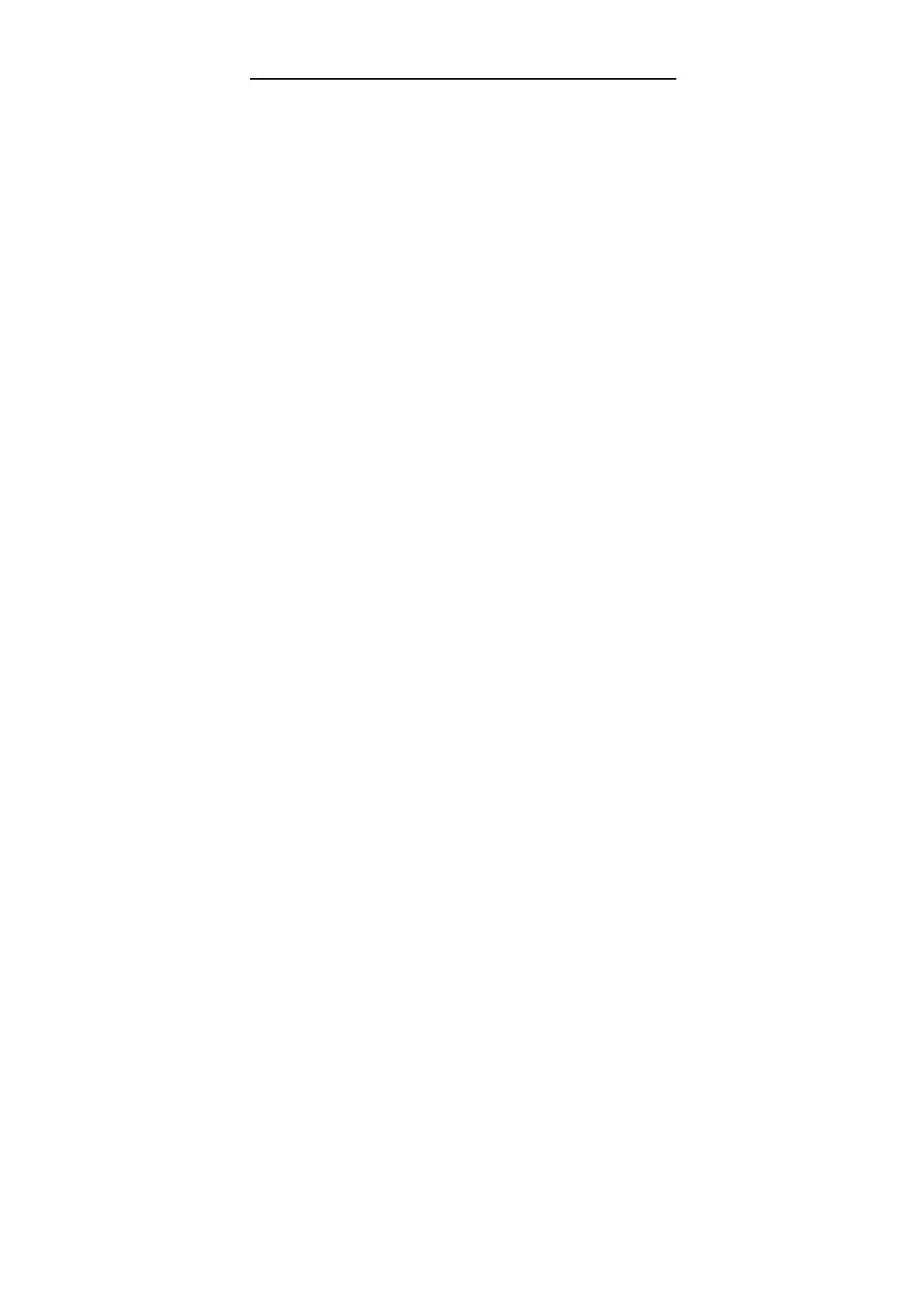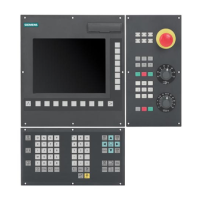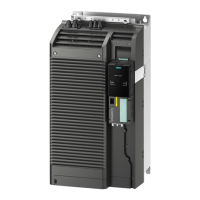System Description S5-95U, SINEC L2
Target Rotation Time
A token cycle takes a certain amount of time. You must set the maximum permissible token cycle
time as target rotation time (target rotation time in DB1, TRT parameter).
Even the transmission of large amounts of data must conform to the target rotation time set in DB1.
In order to conform to this time, the SINEC L2 uses the following principle.
Time Management of the Network
Each active station measures the time in which it was not in the possession of the token. This time
is the station’s “real” rotation time, i.e., the time used up by the other stations. The station
compares this measured time with the previously set target rotation time.
The processing of the frame to be transmitted depends on the results of this comparison and on the
priority of the message frames as follows:
The preset priority of the message frames is low for the standard connection ( chapter 4), PLC-to-
PLC connection ( chapter 6) and cyclic I/O ( chapter 7). Only for layer 2 access can you decide
whether the message frame is to be given high or low priority.
Possible results of the comparison between the rotation time measured (the "real" rotation time)
and the target rotation time:
1) The "real" rotation time is shorter than the target rotation time.
Result: All send and receive jobs in the queue are executed until the target rotation time has
been reached or the jobs in the queue have been processed; first the message frames
with high priority, then the message frames with low priority.
2) The "real" rotation time is longer than the target rotation time.
Result: Only one more message frame with high priority is transmitted. The message frames
with low priority are not transmitted until the "real" rotation time is shorter than the
target rotation time in the following token cycles.
This is shown in Figures 1-4 and 1-5.
1-6
EWA 4NEB 812 6112-02

